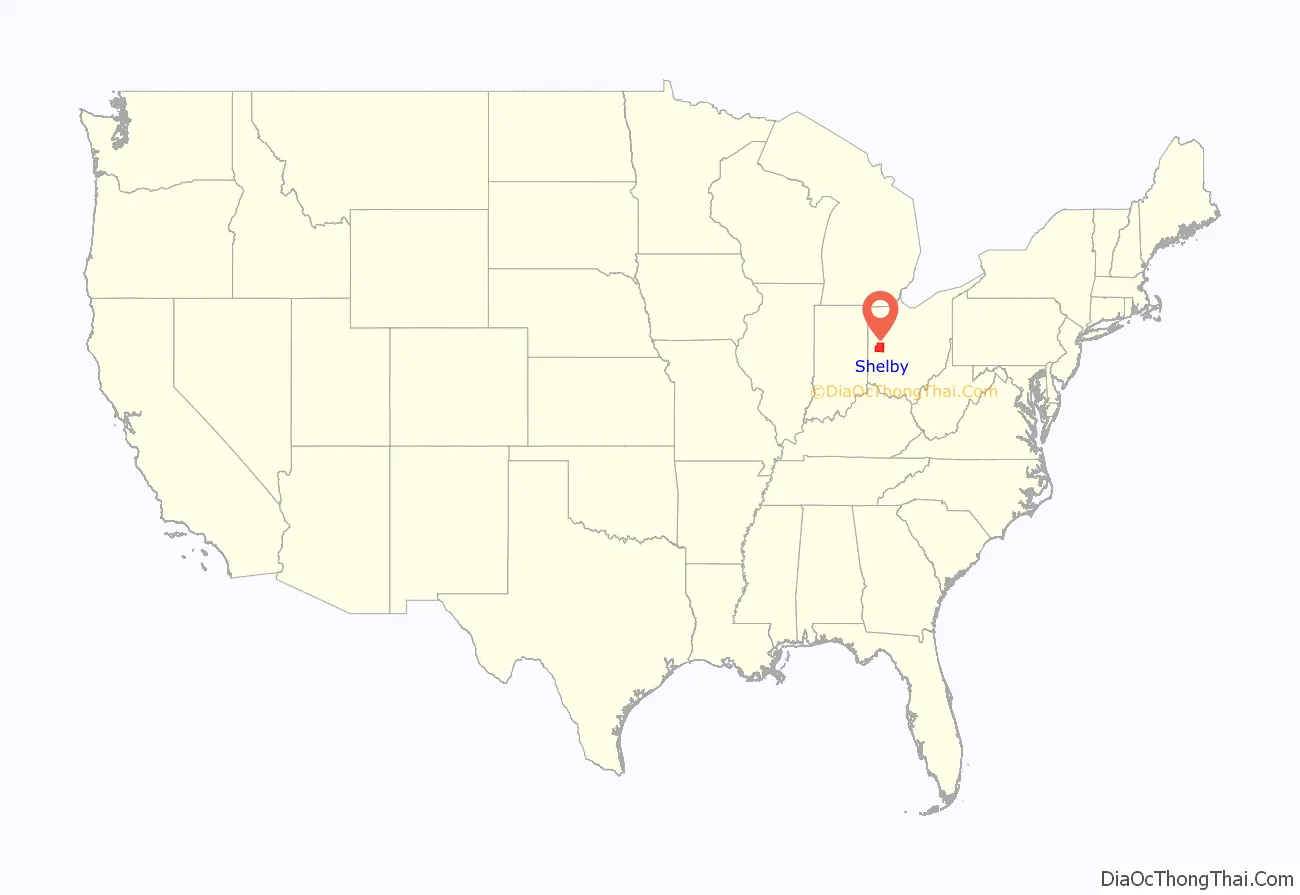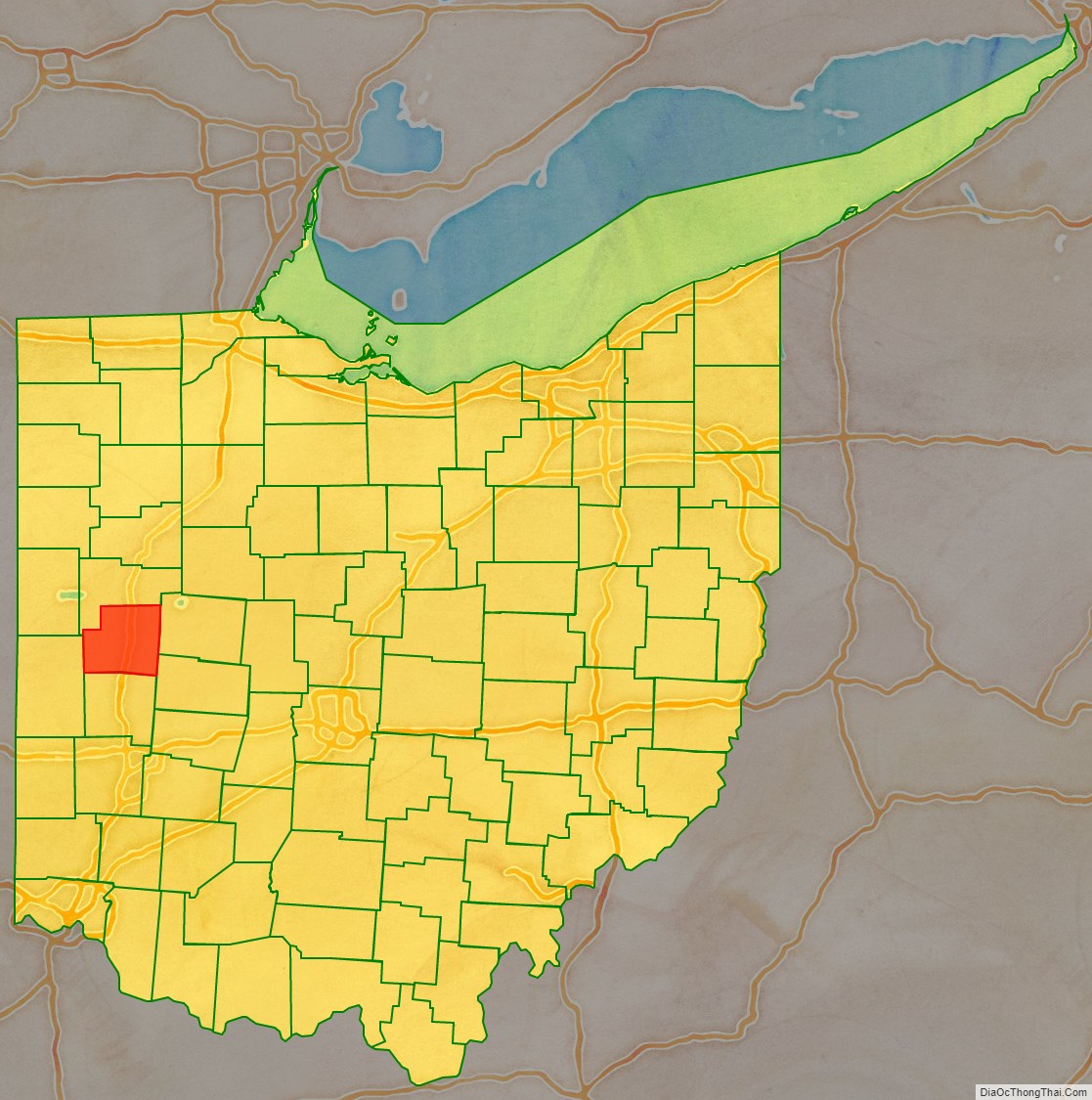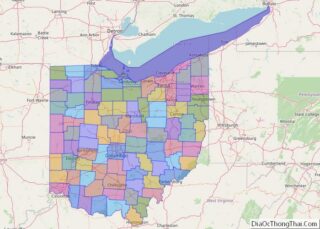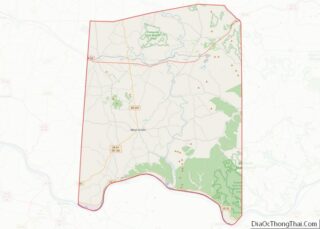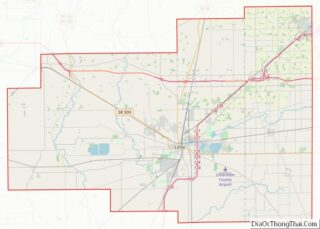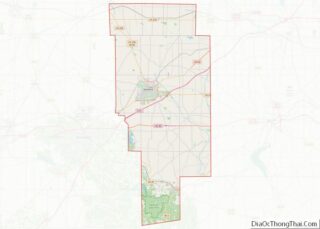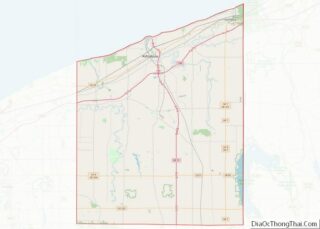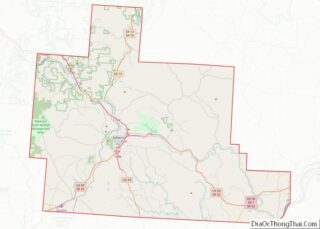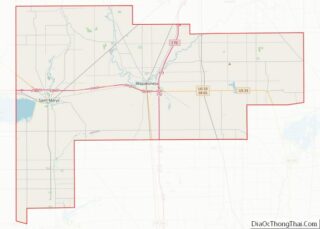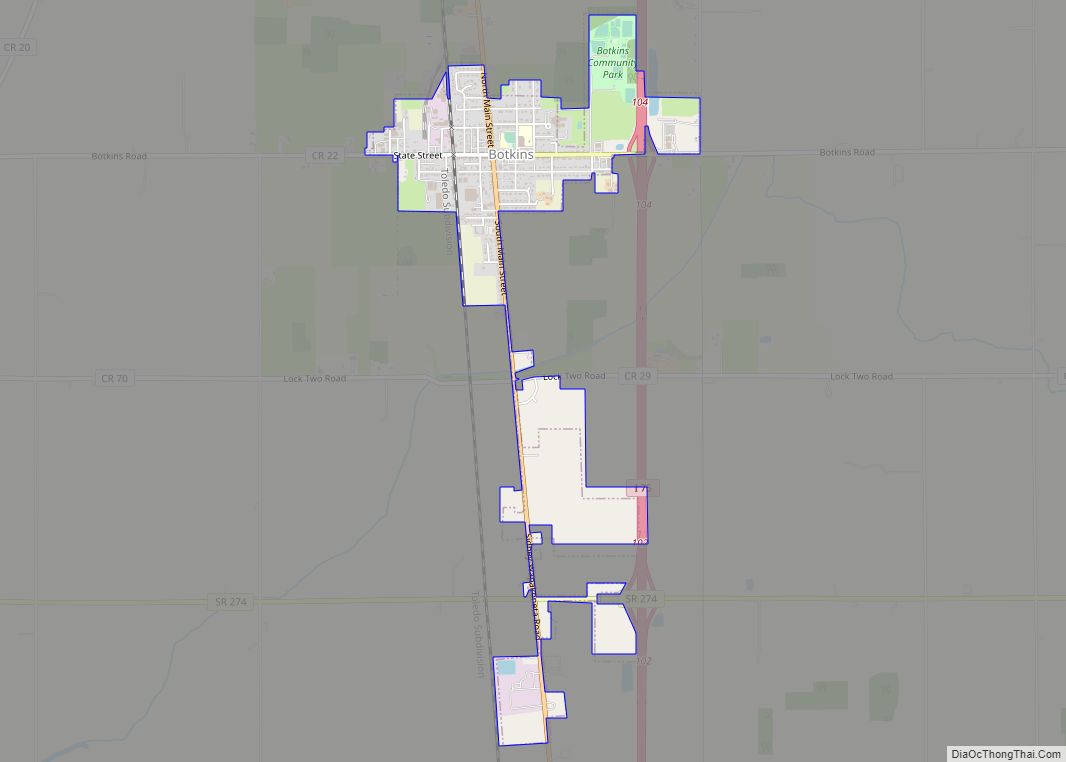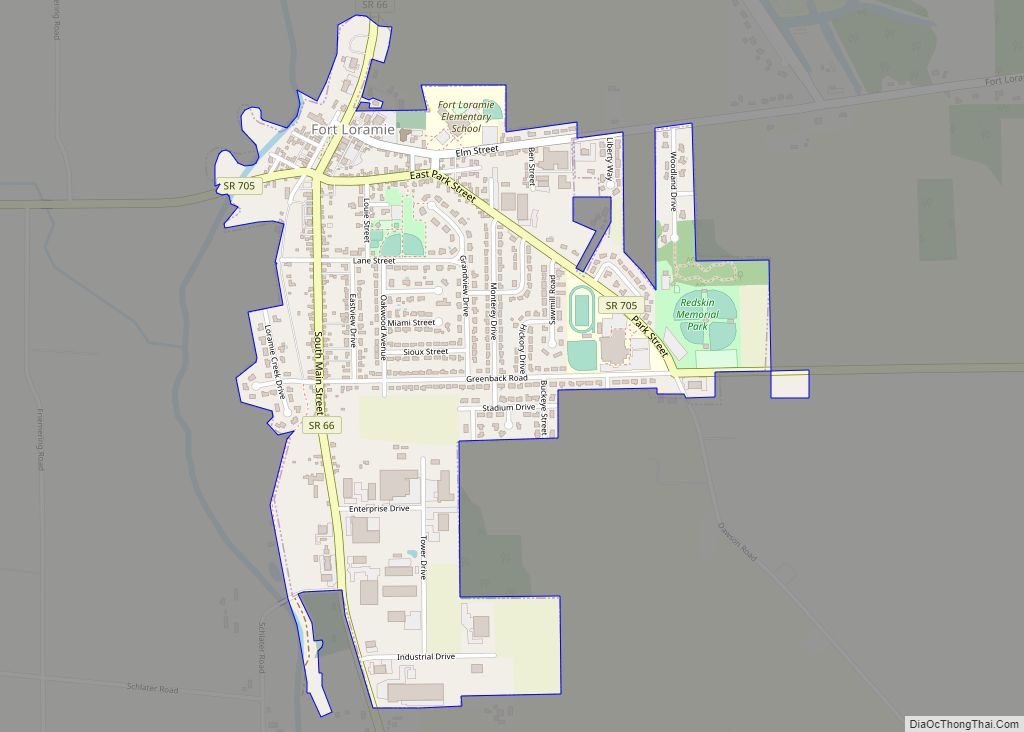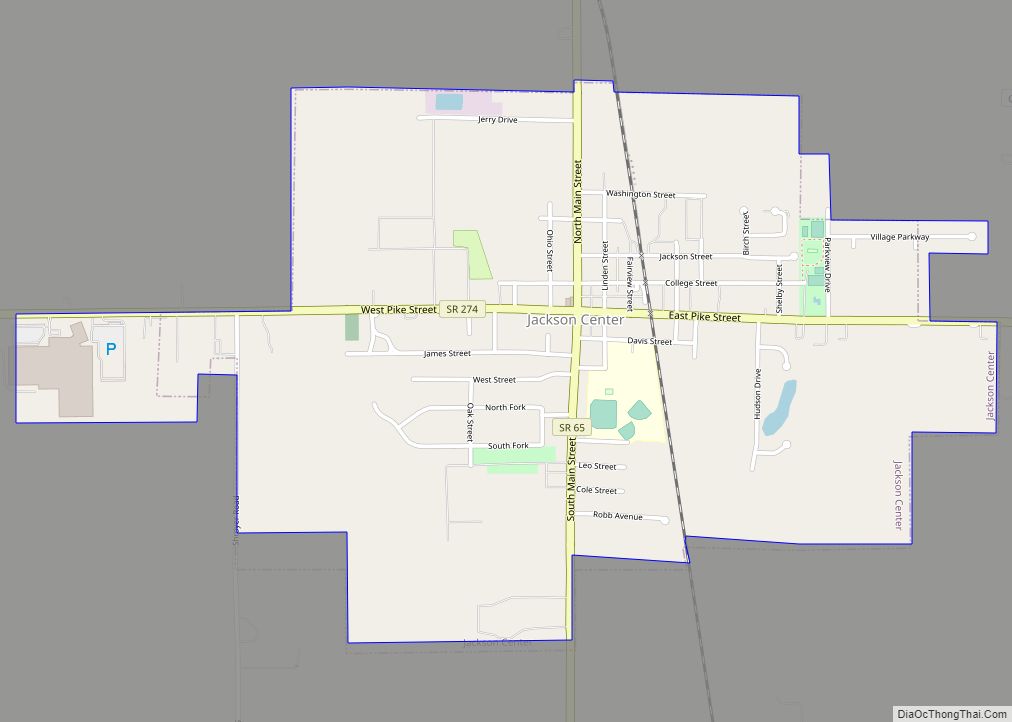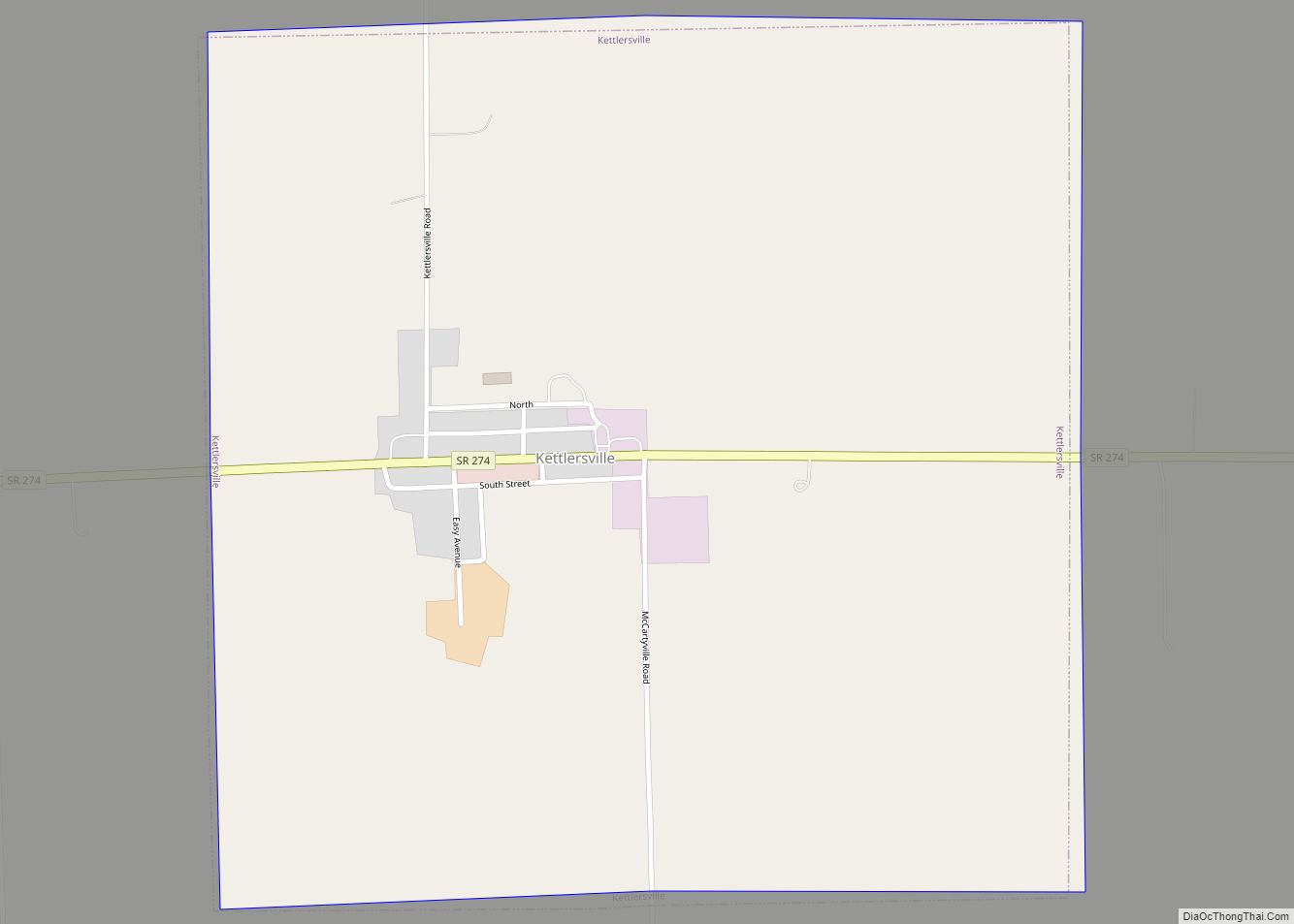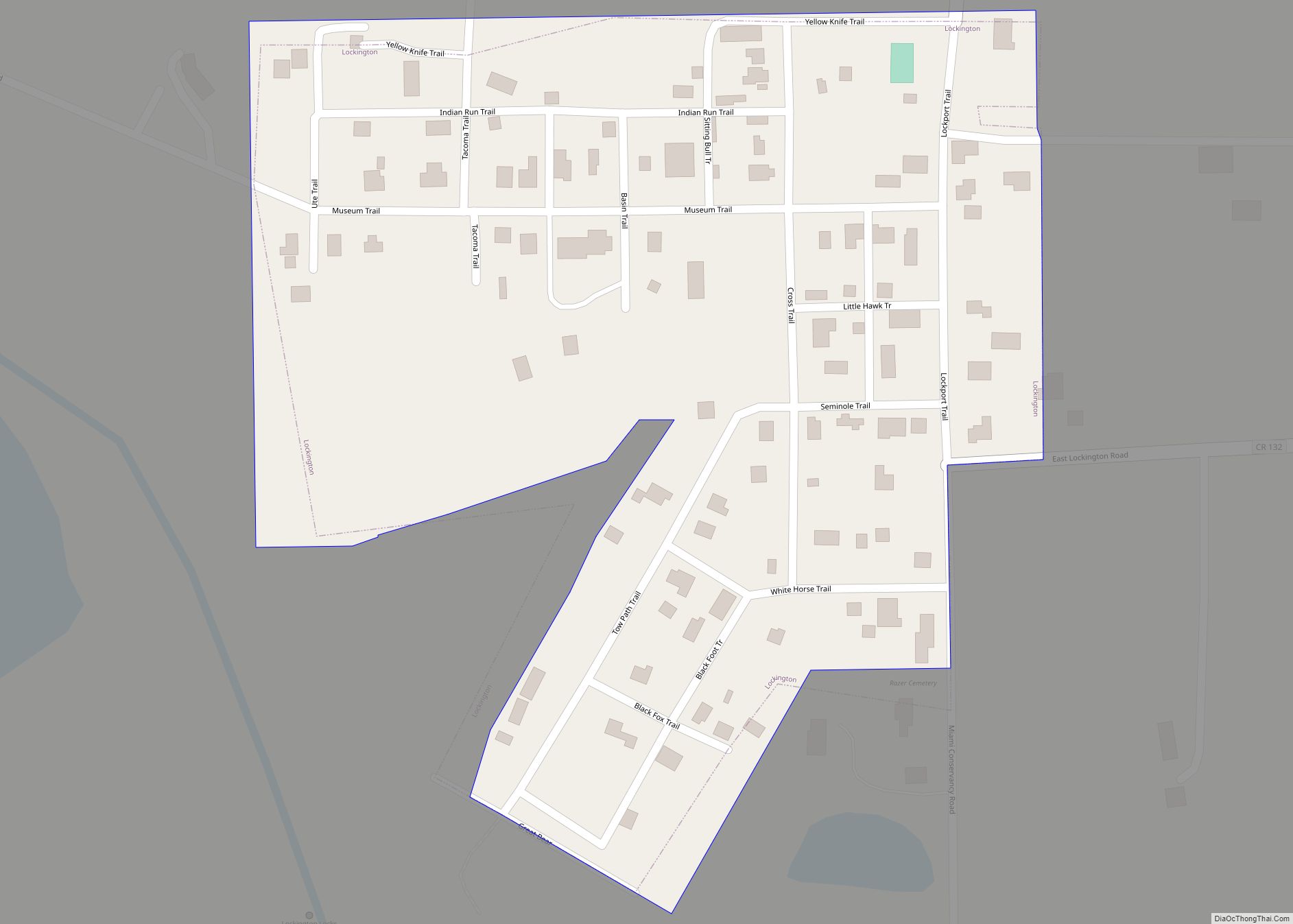Shelby County is a county in the western portion of the U.S. state of Ohio. As of the 2020 United States Census, the population was 48,230. Its county seat is Sidney. Its name honors Isaac Shelby, first governor of Kentucky.
Shelby County comprises the Sidney, OH Micropolitan Statistical Area, which is also included in the Dayton–Springfield-Sidney, OH Combined Statistical Area.
| Name: | Shelby County |
|---|---|
| FIPS code: | 39-149 |
| State: | Ohio |
| Founded: | April 1, 1819 |
| Named for: | Isaac Shelby |
| Seat: | Sidney |
| Largest city: | Sidney |
| Total Area: | 411 sq mi (1,060 km²) |
| Land Area: | 408 sq mi (1,060 km²) |
| Total Population: | 48,230 |
| Population Density: | 120/sq mi (45/km²) |
| Time zone: | UTC−5 (Eastern) |
| Summer Time Zone (DST): | UTC−4 (EDT) |
| Website: | co.shelby.oh.us |
Shelby County location map. Where is Shelby County?
History
The Algonquian-speaking Shawnee Native Americans had come into the area in the 18th century, displacing the Ojibwa-speaking Ottawa of the Anishinaabeg, a related language group who moved northwest. The Shawnee were joined by the Iroquois, Seneca and Mingo peoples as well, displaced by colonial encroachment to the east. In 1792 the European-American pioneer John Hardin was killed by the Shawnee in Shelby County. Early settlers named the first county seat of Hardin in his memory.
Shelby County was established in 1819 from Miami County. Its original boundary included Minster and New Bremen; these were included in Auglaize County when it was created in 1848 from Shelby and Allen counties.
Several towns in Shelby County were established by German immigrants. The Miami and Erie Canal, which reached Shelby County in 1841, provided jobs for many of the county’s European immigrants. It also changed the way new immigrants traveled to Shelby County from Cincinnati in the south and by 1845, Lake Erie in the north. The actual construction provided the initial boost; the real benefit proved to be the opportunity for increased commerce presented by this new transportation link. The canal brought a business boom which in turn drove farm product prices to previously unknown heights. As German immigrants arrived to work on the canal, on the land, and in the shops, business in Sidney and Shelby County expanded. The Germans’ penchant for thrift proved to be a valuable asset to the area’s economic and social growth. Sidney’s population increased from 713 in 1840 to 1,284 by 1850. During this period, the residents’ national origins went from being almost entirely English, or of English descent, to at least fifty percent German and Alsatian French. There were also many families from England who arrived as immigrants in the 19th century. Those English immigrants were of working class rural origins; it was easier for working-class people to own land in America and by this time parts of the United States also had the practice of universal male suffrage so all men over the age of 18, regardless of property or wealth were allowed to vote. These factors encouraged English immigration, particularly from the villages of Penkridge, Gailey, Lapley, Wheaton Aston, Bishop’s Wood, Brewood, Coven, Featherstone, Essington, Four Ashes, Perton, Pattingham, Seisdon, Wombourne, Himley, Swindon and Enville, in south Staffordshire in central England, and for this reason these immigrants were sometimes known as “the Staffordshire settlers”.
In 1846, a group of 383 free blacks from Virginia, called the “Randolph Slaves”, settled in the county, most at Rumley, Ohio. They had been freed by the 1833 will of Virginia planter John Randolph of Roanoke. He provided money for their transportation and resettlement on land in a free state. Their gaining freedom was delayed by court challenges to Randolph’s will, but the families were freed and traveled in 1846. Randolph had provided that those over the age of 40 were given 10 acres each for resettlement. A contemporary history described the Rumley settlement: “There are 400 Negroes (half the population of Van Buren Township) as prosperous as their white neighbors and equal to the whites in morals, religion and intelligence.” In 1900 survivors and descendants formed Randolph Ex-Slaves Association (later Randolph Slave Association) and held their first reunion at Midway Park near Piqua. Sixty-two of the original settlers attended who had been born in Virginia into slavery. After being manumitted, they had come to Ohio as small children with their families. They were called the “Old Dominions” after the nickname of Virginia; the “Buckeyes” were those descendants born in Ohio. Over the years, the reunions were also held at Troy and the Shelby County Fairgrounds, with 100-300 attending.
Shelby County Road Map
Geography
Terrain of Shelby County consists of low rolling hills, entirely devoted to agriculture or urban development. The Great Miami River enters from Logan County near the county’s midpoint, and flows west-southwest-southward to exit into Miami County near the midpoint of its south borderline. The county’s highest point (1,149’/351 meters ASL) is at its SE corner, where it abuts Champaign and Miami counties. According to the United States Census Bureau, the county has a total area of 411 square miles (1,060 km), of which 408 square miles (1,060 km) is land and 3.0 square miles (7.8 km) (0.7%) is water.
Adjacent counties
- Auglaize County – north
- Logan County – east
- Champaign County – southeast
- Miami County – south
- Darke County – west
- Mercer County – northwest
